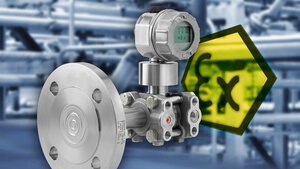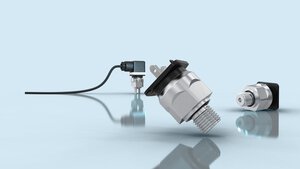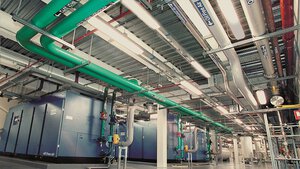
FAQ on Pressure Measurement
Filter as

Differential pressure sensors: The most important information at a glance
How do differential pressure sensors work? Learn more - including types, applications and information on long-term use. Find out now!

Pressure sensors: The most important information incl. video
Which pressure sensor is the right one? Find out more about the different types of sensors, how they work and their design!

Absolute pressure: The most important information at a glance
Absolute pressure: ✓ Definition ✓ Function ✓ Setting ✓ Use - with free practical tips. Inform now!

Hydrostatic pressure: The most important information at a glance
Hydrostatic pressure: ✓ Definition ✓ Function ✓ Setting ✓ Use - with free practical tips. Inform now!

Pressure unit: The most important information at a glance
Pressure unit: ✓ Definition ✓ Function ✓ Setting ✓ Use - with free practical tips. Inform now!

Pressure as a physical quantity: The most important information at a glance
Pressure as a physical quantity: ✓ Definition ✓ Types ✓ Units ✓ Formulas - Find out now at JUMO!

Relative pressure: The most important information at a glance
Relative pressure: ✓ Definition ✓ Function ✓ Setting ✓ Use - with free practical tips. Inform now!

Static pressure and dynamic pressure: The most important information at a glance
Static pressure and dynamic pressure: ✓ Definition ✓ Function ✓ Setting ✓ Use - with free practical tips. Inform now!